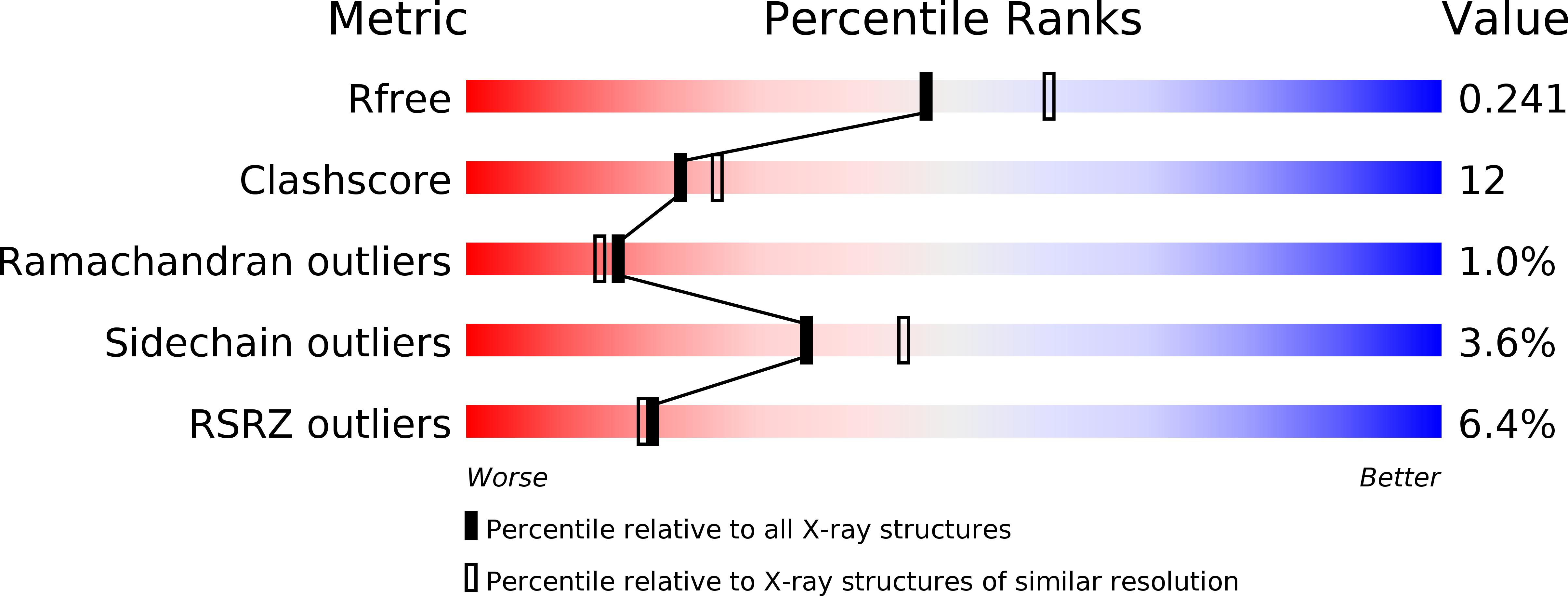
Deposition Date
2005-01-16
Release Date
2005-02-01
Last Version Date
2024-03-13
Entry Detail
PDB ID:
1YK3
Keywords:
Title:
Crystal structure of Rv1347c from Mycobacterium tuberculosis
Biological Source:
Source Organism:
Mycobacterium tuberculosis (Taxon ID: 1773)
Host Organism:
Method Details:
Experimental Method:
Resolution:
2.20 Å
R-Value Free:
0.25
R-Value Work:
0.22
R-Value Observed:
0.22
Space Group:
P 21 21 21


